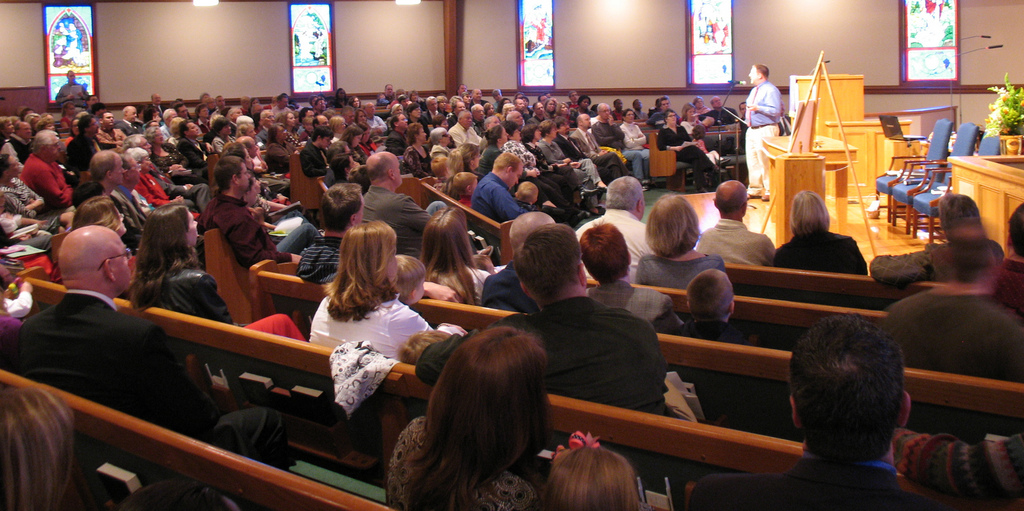By Franklin Dumond
“We only have two kids,” the pastor reported. He then asked, “How do we connect with younger families?”
 This scenario plays out in all too many single cell, well-established churches. The single cell church only has one group of folks. Typically there will be only one worship service and perhaps only one adult class. Generally, attendance will average 30-50 weekly. The single cell church embodies the organizing principle that we are always more comfortable around people who are similar to us.
This scenario plays out in all too many single cell, well-established churches. The single cell church only has one group of folks. Typically there will be only one worship service and perhaps only one adult class. Generally, attendance will average 30-50 weekly. The single cell church embodies the organizing principle that we are always more comfortable around people who are similar to us.
In the single cell church the group tends to age together and over time can become a senior citizen’s church with few, if any, children present.
The obvious answer to connect with young families would be to invest in children’s ministries that would include both Sunday morning and weekday options for children. Sometimes the missing ingredient is the lack of ministries targeted for children and their families.
Often this obvious answer requires too many people to implement and to many dollars to provide it. When the obvious answer is not appropriate, then some short-term entry events and adapted on-going programming is necessary.
- Organize a one-day Vacation Bible School and recruit children. If you can get them to the church once then you have an opportunity to work with their families in follow-up activities to enlist them in the local church.
- Consider week-day ministries. Many churches provide after school programs for latch key children. Others invest in some of the club type ministries like Pioneer Clubs or Awana.
- You can consider a video curriculum that will include recorded music so the children you have can sing along with the other children on the DVD.
- Include a children’s message as part of your morning worship. The children’s message should be presented by the pastor in a story telling, object lesson format. When the pastor announces, “Children, meet me down front” both the children and the adults will share in this special message. One way to start this practice is to use Advent, the four Sundays prior to Christmas, to light candles on an Advent Wreath and tell portions of the Christmas story using figurines to build a Christmas display. Children love to help and young boys especially like playing with fire, which is essential if you are to light a candle!
- Use a children’s bulletin. These are available from several sources and can generally be photocopied on site so the proper number can be prepared. These may provide age appropriate learning activities that could even be the focus of the children’s message.
- Develop an organized prayer ministry. It is amazing what the Lord does when we ask him to do things! Pray for children to attend. Pray by name for the children you know who should attend.
Continue teaching and training even if you only have a few children. If you only have a few, then be sure to find a way to provide individualized instruction. Make it part of your church’s discipleship plan.
“I was that kid.” This was the report from a pastor reflecting on growing up in smaller churches where he was often the only child in a class. As he reflected on that heritage, he realized that the faithfulness of a few teachers and leaders had positioned him to hear the Lord’s call and to enter vocational ministry. That faithfulness continued week after week when someone studied and prepared a lesson even when there was only one student enrolled in the class. That type of faithfulness will someday warrant a “well done” from the Lord Jesus himself!

